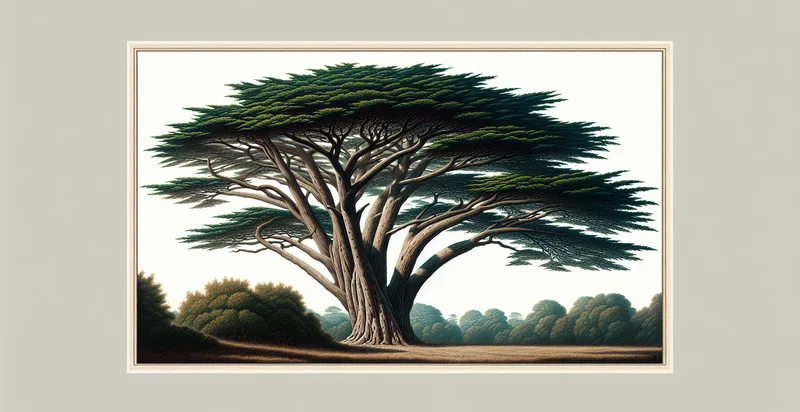Identify cypress tree species
using AI
Below is a free classifier to identify cypress tree species. Just upload your image, and our AI will predict what species of cypress tree it is - in just seconds.

Contact us for API access
Or, use Nyckel to build highly-accurate custom classifiers in just minutes. No PhD required.
Get started
import nyckel
credentials = nyckel.Credentials("YOUR_CLIENT_ID", "YOUR_CLIENT_SECRET")
nyckel.invoke("cypress-tree-species", "your_image_url", credentials)
fetch('https://www.nyckel.com/v1/functions/cypress-tree-species/invoke', {
method: 'POST',
headers: {
'Authorization': 'Bearer ' + 'YOUR_BEARER_TOKEN',
'Content-Type': 'application/json',
},
body: JSON.stringify(
{"data": "your_image_url"}
)
})
.then(response => response.json())
.then(data => console.log(data));
curl -X POST \
-H "Content-Type: application/json" \
-H "Authorization: Bearer YOUR_BEARER_TOKEN" \
-d '{"data": "your_image_url"}' \
https://www.nyckel.com/v1/functions/cypress-tree-species/invoke
How this classifier works
To start, upload your image. Our AI tool will then predict what species of cypress tree it is.
This pretrained image model uses a Nyckel-created dataset and has 10 labels, including Cypress Arizona, Cypress Bald, Cypress False, Cypress Italian, Cypress Leyland, Cypress Monterey, Cypress Nootka, Cypress Red, Cypress Swamp and Cypress Yellow.
We'll also show a confidence score (the higher the number, the more confident the AI model is around what species of cypress tree it is).
Whether you're just curious or building cypress tree species detection into your application, we hope our classifier proves helpful.
Related Classifiers
Need to identify cypress tree species at scale?
Get API or Zapier access to this classifier for free. It's perfect for:
- Conservation Efforts: This function can aid conservationists in accurately identifying and classifying different cypress tree species in specific ecosystems. By providing precise data, it supports efforts to protect endangered species and manage invasive ones effectively.
- Urban Forestry Management: Municipalities can utilize the identifier to catalogue and monitor cypress trees in urban environments. This data helps urban planners improve green space management and enhance biodiversity in city landscapes.
- Ecological Research: Researchers can leverage the function to enhance studies on the diversity and distribution of cypress species in various habitats. This helps in understanding the ecological roles these trees play and their responses to environmental changes.
- Plant Nursery Operations: Nurseries specializing in cypress species can implement this tool to ensure accurate labeling and classification of their stock. Improved accuracy not only enhances customer satisfaction but also ensures better plant care practices.
- Landscape Design: Landscape architects can use the identifier to select the right cypress species for specific landscaping projects. This function ensures that chosen species are well-suited to local environments, promoting sustainability and aesthetic appeal.
- Pest and Disease Management: Arborists can apply this technology to identify cypress tree species that may be susceptible to specific pests or diseases. Early identification can lead to prompt action and more effective management strategies, reducing the loss of vulnerable trees.
- Educational Programs: Educational institutions and nature centers can integrate this tool into their botany and ecology programs. By teaching students and the public about cypress species identification, it fosters greater awareness and appreciation for these valuable trees and their ecosystems.


